Quality Control
To inspect and certify Min Hsiang’s lighting products with various designs, we set up laboratories for all kinds of reliability tests. We can certify our products by customers’ requirements, international regulations, related mechanical and chemical durability experiments. Lighting products must comply with different standards and regulations in different international markets. Among these standards and regulations, DOT in the USA and ECE in the Europe are the most important criteria we follow. To pursue a highest level of quality control and ensure all our products meet requirements of the regulations in different markets we started our strict quality control from the incoming materials and parts. A complete quality system from incoming parts to the finished products has been set by our QC department.
Quality Control at the Procurement Stage
The internal quality team (IQC) at the production site is responsible for the quality control on raw materials and the quality engineering team is in charge of quality tests during the development stage. IQC’s perform random tensile test and film thickness tests to ensure all raw materials entering the production stage meet our standards and maintain the reliability of the articles during the production stage.
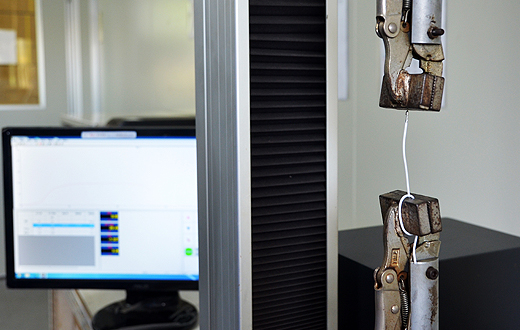
Raw Materials Procurements and Incoming Parts - Tensile Test
The purpose of tensile test is to test the strength of wires with terminals after riveting to ensure that the wires won’t be separated with the product while in use. Connect the tensile tester with computer to test the tensile strength. The test result will be shown on the screen and all tests follow the international standards.
Raw Materials Procurements and Incoming Parts - Film Thickness Test
The film thickness test is to ensure the protection and durability of articles meet customers’ requirements. After receiving the lens with coating from suppliers, IQC runs the film thickness test at once. IQC uses the optical film thickness tester connected with a computer to test the thickness of the coating on lens according to different standards for different coating materials.
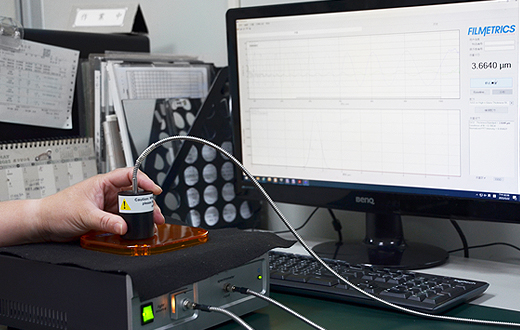
Quality Control During the Product Designing Stage
The quality engineering unit of the quality control department is in charge of the quality control from trial run of developing stage, small run verification to initial mass productions and also supervise the quality verification, reliability tests and PPAP submission to ensure smooth mass production of every new products with good quality that can meet customer’s requirements..
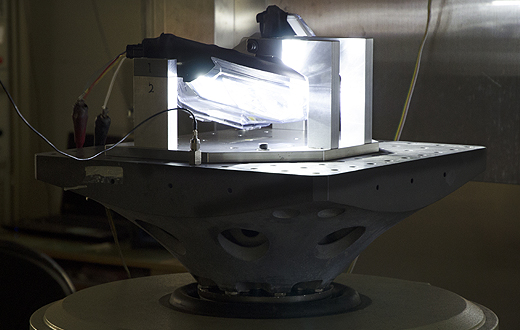
Design & Development - Vibration Test
Simulate all kinks of vibrations the products may meet during production, assembly, transportations and in use from the development stage to ensure the products can endure various kinds of vibrations.
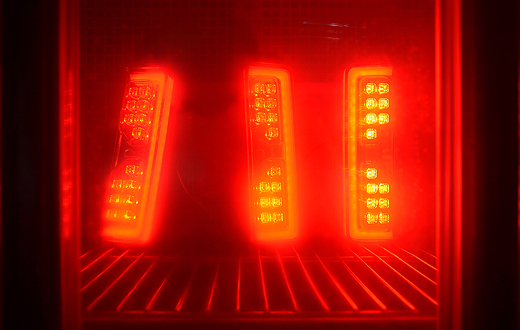
Design & Development - Temperature and Humidity Test
Simulate the product may meet different kinds of temperatures & humidity in many different environments to ensure durability of our product during the development stage.
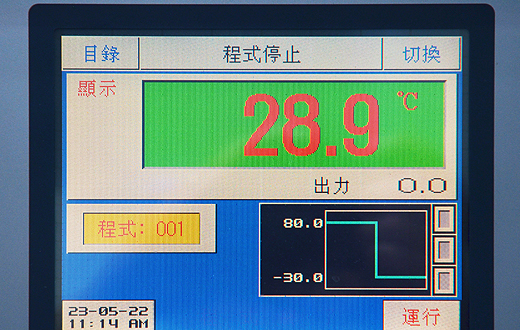
Design & Development - Thermal Shock Test
Simulate the product may be used in a severe environment that temperature can be changed rapidly. Perform the Thermal shock tests in the development stage to ensure all components can endure the rapid changes on temperature.
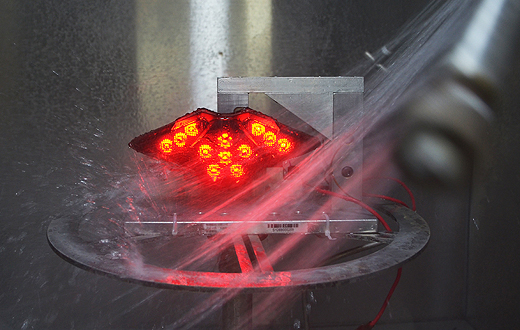
Design & Development - Water Resistance Test
Test the lights while affected by wind, rain or water splash to understand the water resistance of the light and also check the waterproof function of the parts that are in contact with water. Our equipment can provide tests according to different standards such as JIS D0203 S1, S2, R1, R2 and SAE J575 to meet demands of lights with different functions.
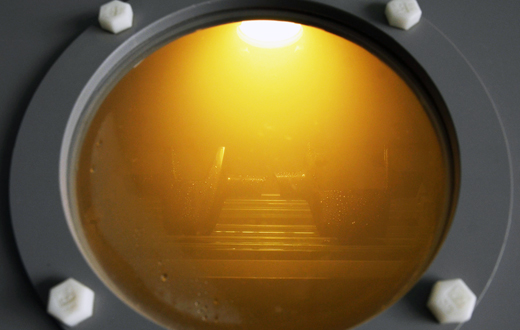
Design & Development- Salt Spray Test
Salt spray test is used for checking corrosion resistance of the light materials and surface processing protective layer and to judge the quality of similar protective layer, weather resistance and chemical resistance. With this test we can confirm the quality of our parts in the early of development and mass production stage. We now have two sets of salt spray test equipments in our laboratory which are divided into: "NSS" (neutral salt spray testing) and "CASS" (acetic acid salt spray testing) for customers’ different testing requirements.
Quality Control During the Production Stage
An advanced in-house lighting inspection laboratory is very important to ensure that the production lines produce lighting products according to the design and PPAP., especially for LED lighting products installed on various vehicles, since it involves driving safety and vehicle operation safety. Min Hsiang’s R&D and QC abilities ensure our LED lighting products conform to the required safety standards and product design during the production processes. These tests ensure all finished products with normal performance and also allows the product to be used for the desired maximum cycle time.
Quality Control After Production
After the productions of the lights and before delivery, Min Hsiang will also conduct a series of functional lighting tests to ensure the safety and performance of lighting products. These pre-delivery tests also reconfirm product compliance with customer requirements and international safety standards and regulations.
Mass production of lighting products
| Automated Optical Inspection (AOI) | A.O.I equipments are widely used in automated production to replace the traditional manual inspection performed by human eyes, brains and hands. The equipment equipped with vision sensing, to detect any defect in products. In addition, it can be used to judge and select products, or to measure dimensions, etc.. |
| Printing Inspection | Use the solder paste inspection machine to check the solder paste printing status of all parts on the PCB, and screen out PCBs with printing abnormalities such as offset and missing printing to avoid defective products. |
| Bubble Inspection | Inspect two pieces of products each batch by X-ray bubble tester to see if there are bubble inside the solder paste. |
After Production and Before Delivery
| Functional Test | Functional test is to ensure can operate normally. The tests can be done easily by operating an on/off switch. |
| Durability Test | A durability test can ensure if the lights can be used for a long time. This test leaves the lights on for several hours at the maximum operating setting, then check if the light is malfunctioned. |
| Voltage Step-Down Test | This test is used to check whether the circuitry is functioning properly and complies with the regulative standards of the respective market. |
| Leakage Test | The leakage test is to check whether the housing protects electronic components well from water and dust. This leakage test ensures lights are electrically safe and can be used for long time operation. The standard is based on respective markets’ regulations. |
| Mounting Test | A mounting test is to verify if the light can be installed easily and integrate with the other vehicle components properly. The quality inspector mounts the product onto the corresponding section of a vehicle and measures the fitness. |